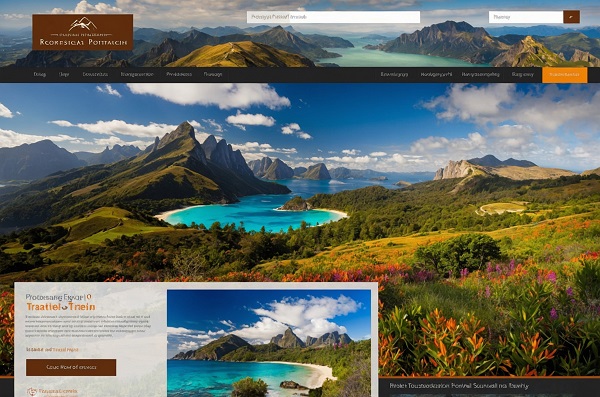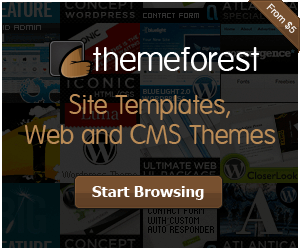How to Choose the Best Image Size for Web Pages

When crafting a visually appealing website, selecting the ideal image size is key to ensuring optimal performance and user engagement. Consider this: a mismatched image size can lead to slow loading times or pixelation, detracting from the overall user experience. By understanding the importance of image dimensions and placement, you can elevate the visual impact of your web pages and create a seamless browsing experience for your visitors. But how do you strike the perfect balance between image quality and site performance? Let's explore some key strategies to help you navigate this crucial aspect of web design.
Optimal Image Sizes for Websites
When determining image sizes for your website, it's important to consider the recommended dimensions for different types of images (including PNG images) to ensure optimal display and impact.
Website background images typically require larger dimensions to leave a lasting impression, while hero images should be slightly smaller to accommodate text without sacrificing quality.
Banner images on websites may vary in size depending on their placement, with blog images often kept consistent in size for a cohesive look throughout the site.
Product images on e-commerce platforms like Shopify can benefit from larger dimensions, such as 5000 x 5000 pixels, to effectively showcase product details.
Importance of Image Size
Efficiently managing image size is a critical aspect of website optimization and user satisfaction. Image dimensions directly impact website loading speeds, influencing the overall browsing experience.
By utilizing properly sized images, you can significantly improve page loading times, leading to enhanced user engagement. Additionally, optimized images play a vital role in SEO performance, as search engines prioritize fast-loading websites.
Oversized images can hinder user experience, potentially increasing bounce rates. It's essential to strike a balance between image quality and website performance by choosing the appropriate image sizes.
Image Formats and Optimization
Consider incorporating various image formats and optimization techniques to improve website performance and enhance user experience.
When considering image formats for web usage, JPEG is a reliable choice for striking a balance between quality and file size.
PNG is best suited for images that require transparency support.
SVG is ideal for scalable graphics like logos and icons, ensuring quality preservation.
HEIC offers high-quality images with smaller file sizes, aiding in optimizing web performance.
WebP is notable for its lossless compression capabilities, leading to faster loading times and enhanced website performance.
Remember to eliminate metadata during compression to further reduce file sizes without compromising image quality on the web.
Determining Image Sizes and Guidelines
To ensure a visually cohesive and engaging website, it's important to consider the appropriate image sizes and guidelines.
When choosing image sizes for your website, the following factors should be taken into account:
-
Quality: Select high-resolution images to enhance the visual appeal of your website.
-
File Size: Strike a balance between image quality and file size to avoid slow loading times.
-
Aspect Ratio: Maintain consistent image dimensions for a polished look across your website.
-
Image Optimization: Compress images effectively without compromising quality to optimize page loading speed.
Mobile Image Optimization
Mobile image optimization is the process of resizing images to fit smaller screens and reduce loading times effectively.
Square images are recommended for easier placement on mobile screens. Platforms like Shopify support images up to 5000 x 5000 pixels and 20 MB for optimal mobile viewing.
It's important to find a balance between image quality and file size to enhance user experience on mobile devices. Testing image sizes on various devices ensures compatibility and optimal display.
Optimizing images for smaller screens can significantly improve loading times and enhance the user experience for visitors accessing your website on mobile devices. Efficient mobile image optimization is essential for engaging mobile users effectively.
Conclusion
So, when choosing images for your website, remember to consider the purpose and placement of each image.
Optimal image sizes can vary based on the type of image and where it will be displayed. By balancing image quality and file size, you can ensure faster loading times and a better user experience.
Follow these guidelines to choose the best image sizes for your web pages and enhance the overall look and feel of your site.



Recent Comments